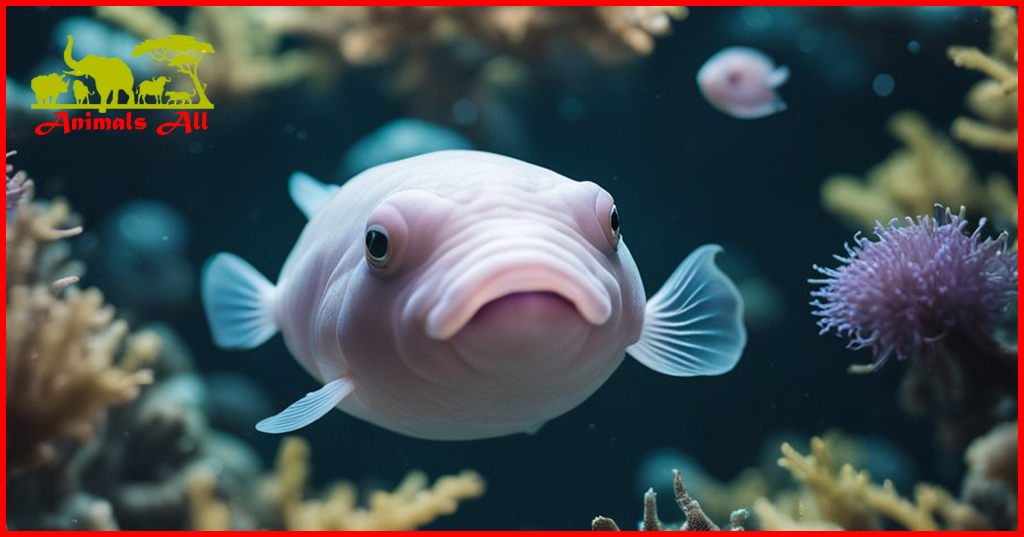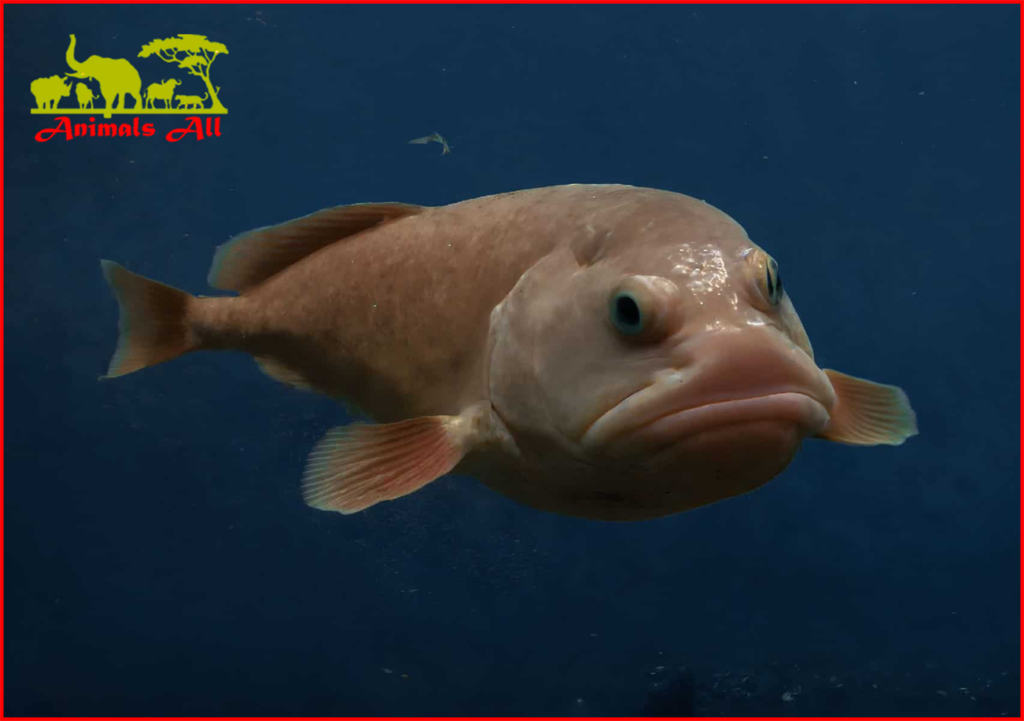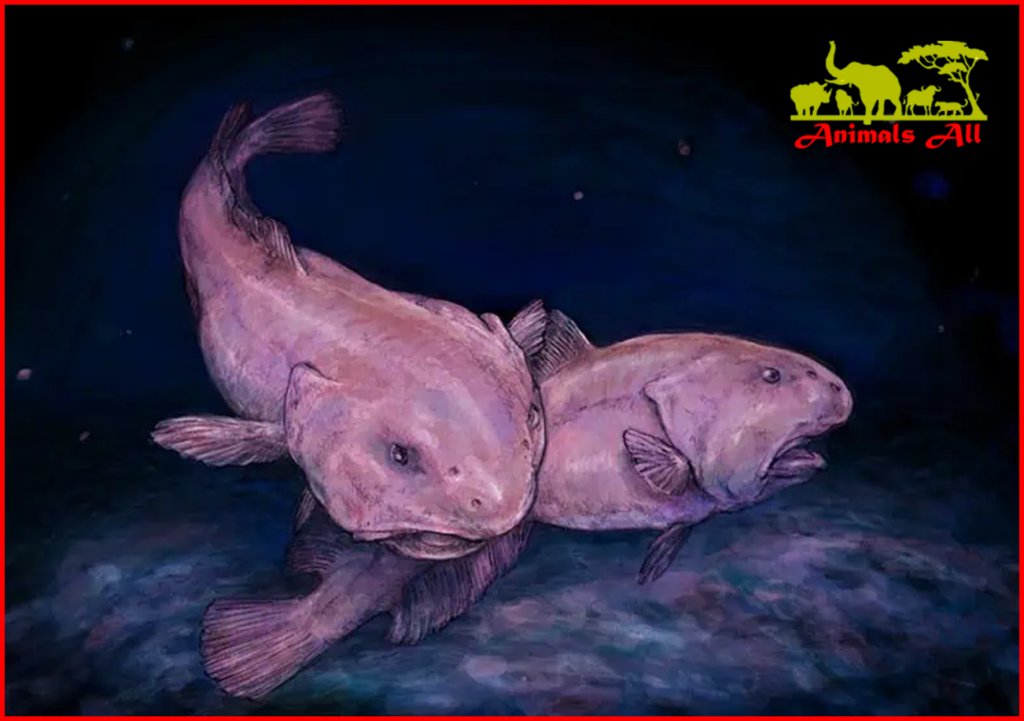
8 Surprising Facts About the Blobfish That Very Few Guys Know
The blobfish, a deep-sea dweller, has become a source of curiosity and fascination in recent years. Despite its unattractive appearance, this unique creature has gained attention and even popularity. In this article, we will explore some little-known facts about the blobfish that will surprise you and deepen your understanding of this mysterious creature.
1. The Misconception of the Blobfish’s Appearance
The blobfish has often been labeled as the “world’s ugliest animal” based on viral photos that depict it as a gelatinous, droopy creature with a sad expression. However, these images can be misleading and create a false perception of the blobfish.
In reality, the blobfish’s appearance is not as unappealing as it is commonly portrayed. When caught in fishing nets and brought to the surface, the extreme pressure changes cause its body to lose its shape, resulting in the saggy and blob-like appearance. This is not how the blobfish looks in its natural habitat.
If we were to observe the blobfish in its deep-sea environment, we would see that it has adapted to survive in the high-pressure conditions by developing unique features:
- Its body structure is actually more streamlined, allowing it to navigate efficiently through the water.
- Additionally, its skin has a softer coloration that helps it blend in with its surroundings.
By understanding these true characteristics of the blobfish, we can appreciate its resilience and adaptability to survive in extreme deep-sea environments. It serves as a reminder that appearances can be deceiving and that there is often more to a creature than meets the eye.

“The blobfish’s appearance is not truly representative of its natural form. Its unique features are obscured when it is brought to the surface by fishing nets.”
2. The Surprising Mobility of an Ostensibly Gelatinous Creature
Contrary to its blob-like image, the blobfish is actually capable of limited movement along the ocean floor using its pectoral fins for propulsion. While it may seem improbable for a creature with such a gelatinous appearance to be mobile, the blobfish has adapted in fascinating ways to navigate its deep-sea environment.
How Does the Blobfish Move?
The pectoral fins of the blobfish play a crucial role in its movement. These fins, located on either side of its body, are used to generate thrust and propel the creature forward. Despite their seemingly delicate nature, these fins are surprisingly strong and efficient, allowing the blobfish to maneuver through the water with relative ease.
Adaptations for Bottom Dwelling
Although it may not be the most agile swimmer, the blobfish’s unique adaptation enables it to move along the ocean floor in search of food and suitable habitats. Its streamlined body structure reduces drag and allows it to glide smoothly through the water, conserving energy as it moves.
Pressure Adaptation
The ability of the blobfish to move despite its gelatinous appearance is a testament to its remarkable pressure adaptation. In its natural habitat at extreme depths of up to 4,000 feet (1,200 meters), the pressure is about 120 times greater than at sea level. This intense pressure compresses the blobfish’s body, giving it a denser and more solid form that aids in locomotion.
It is truly fascinating how this seemingly immobile creature defies expectations with its ability to navigate the ocean depths. The blobfish’s mobility showcases the incredible adaptability of marine life and serves as a reminder that appearances can be deceiving.

3. A Master of Camouflage: The Disappearing Act of the Blobfish
The blobfish is a master of camouflage, able to blend in perfectly with its surroundings thanks to its pale, flexible skin. This incredible adaptation allows the blobfish to hide from both predators and prey. Its skin texture and coloration are perfectly suited to the deep-sea environment, making it almost impossible to spot.
While many people find the blobfish strange-looking, its ability to vanish into its habitat is a fascinating example of how marine creatures have evolved to survive in extreme conditions. This camouflage technique is essential for the blobfish’s survival, helping it thrive despite the harsh realities of its deep-sea home.
This impressive display of natural camouflage adds even more mystery to the already enigmatic world of the blobfish, showcasing its ability to adapt and survive in a habitat that we still know very little about.
4. Understanding How Blobfish Reproduce
The fish is a fascinating creature that poses a challenge for scientists trying to understand its reproductive biology. Due to their harsh and inaccessible habitats, not much is known about how these deep-sea dwellers reproduce. However, ongoing research is starting to reveal some insights into the mating behaviors of fish.
4.1 Oviparity: The Egg-Laying Strategy
One interesting aspect of blobfish reproduction is that they are oviparous, which means they lay eggs. Female blobfish release their eggs into the water, where male blobfish fertilize them. These eggs then float in the water until they hatch.
4.2 Unanswered Questions and Research Efforts
Despite these discoveries, there are still many unanswered questions about how exactly blobfish mate and what other reproductive strategies they may employ. To study these elusive creatures, scientists are exploring various methods such as:
- Using deep-sea submersibles equipped with cameras and sensors to observe their behavior in their natural habitat.
- Conducting genetic analyses of captured individuals to understand their parentage and relatedness.
- Examining the reproductive organs and hormones of preserved specimens to gather additional information.
4.3 The Importance of Understanding Blobfish Reproduction
Understanding how blobfish reproduce is crucial for conservation efforts because it provides insights into their population dynamics and resilience. By unraveling the mystery behind blobfish reproduction strategies, scientists can better assess the vulnerability of these unique creatures to environmental changes and human impacts.
“Studying the reproduction of blobfish gives us valuable information about their ability to adapt and survive in extreme environments.” – Dr. Marine Biologist
4.4 The Role of Ongoing Research
While our knowledge about blobfish reproduction is still limited, ongoing research is gradually uncovering more details about their mating behaviors. This knowledge will contribute to our understanding of deep-sea ecosystems and aid in the conservation of this fascinating species.

5. The Hidden Menu of a Blobfish: Surprising Feeding Habits Revealed
When it comes to the feeding habits of the blobfish, there is still much to learn. However, recent studies have shed some light on the types of prey that this unique creature relies on for sustenance.
One surprising fact is that the blobfish is not a picky eater. It has been observed to consume a variety of food sources, taking advantage of scavenging opportunities provided by seafloor disturbances. This includes the remains of dead animals and other organic matter that may sink to the ocean floor.
In addition to scavenging, the blobfish is also known to feed on small invertebrates such as crabs and lobsters. These creatures are often found in abundance in the deep-sea environments where the blobfish resides.
The ability of the blobfish to survive on such diverse food sources highlights its adaptability and resilience in harsh conditions. While it may not actively hunt for prey like some other marine species, it has evolved to take advantage of whatever resources are available in its environment.
Understanding the feeding habits of the blobfish is crucial for conservation efforts. By studying its dietary preferences, scientists can better understand its role within the ecosystem and ensure that its habitat is protected.
By unraveling these mysteries, we can gain a deeper appreciation for this fascinating creature and work towards safeguarding its future survival.
6. Beyond the Depths: Unexpected Interactions in the Blobfish Community
While the blobfish may not be considered the most charismatic creature of the deep, its presence in the ecosystem plays a crucial role in maintaining balance within its habitat. Despite being relatively understudied, there are some fascinating insights into the unexpected interactions that occur within the blobfish community.
1. Species diversity
The presence of blobfish indicates a healthy and diverse ecosystem. As an indicator species, their population numbers and distribution can provide valuable information about the overall health of their habitat.
2. Food web connections
Blobfish rely on a variety of prey for sustenance, including smaller fish, crustaceans, and even tiny invertebrates. By controlling populations of these prey species, blobfish indirectly influence the entire food web below them.
3. Habitat engineering
Blobfish create burrows on the seafloor, which can provide shelter and refuge for other organisms. These burrows also help to aerate sediment and promote nutrient cycling within their environment.
4. Scavenging opportunities
Blobfish take advantage of disturbances on the seafloor caused by natural events or human activities. They scavenge on decaying organic matter that settles on the ocean floor, contributing to nutrient recycling.
Understanding these unexpected interactions is vital for comprehending the ecological role of blobfish and their impact on their surrounding environment. Further research is needed to explore these connections and shed light on how changes in blobfish populations may affect their habitat.
By acknowledging the importance of blobfish in marine ecosystems, we can begin to appreciate these unique creatures as more than just comical-looking blobs. It is crucial to protect their habitat and ensure their survival for a healthy and balanced ocean ecosystem.
7. The Resilience Challenge: Can the Blobfish Survive Human Impact?
The blobfish faces significant challenges in its survival due to human activities and their impact on the marine environment. Here are some key points to consider:
1. Vulnerability to Destructive Fishing Practices
The blobfish is particularly vulnerable to destructive fishing practices like bottom trawling. This method involves dragging large nets across the seafloor, which indiscriminately damages seafloor ecosystems where the fish resides. As a slow-moving species that relies on benthic habitats, the fish has limited mobility to escape from these destructive activities.
2. Conservation Initiatives
To protect deep-sea habitats and the species that depend on them, various conservation initiatives have been implemented. One important approach is the establishment of marine protected areas (MPAs). MPAs help safeguard important habitats and provide a refuge for vulnerable species like the fish. These protected areas can minimize or even prohibit destructive fishing practices, providing a chance for populations to recover.
It is crucial to raise awareness about the vulnerability of the fish and take action to ensure its survival. By supporting conservation efforts, we can contribute to the preservation of deep-sea ecosystems and protect unique and fascinating creatures like the fish.
8. Debunking Myths and Inspiring Action: Public Perception of the Blobfish
Addressing Public Perception
The blobfish has been unfairly labeled as the “world’s ugliest animal” based on misleading photos. It’s crucial to educate the public about the truth behind these misconceptions.
Shifting Perception Through Education
Accurate information and positive portrayals can help shift public perception from mockery to admiration. By highlighting the unique features and ecological significance of the fish, we can inspire a greater appreciation for this remarkable deep-sea creature. This can be achieved by incorporating globally competent education strategies which emphasize cultural awareness, empathy, and critical thinking skills.
Promoting Conservation Efforts
Raising awareness about the challenges faced by the fish due to human impact can encourage action to protect its natural habitat. According to a study published in the National Center for Biotechnology Information, educating individuals about the ecological importance of marine species like the fish is essential for fostering a sense of responsibility towards conservation. Through education and advocacy, we can work towards ensuring the survival of this fascinating species.
The Fascinating World of Blobfish: A Final Verdict
The fish, despite its unconventional appearance, plays a crucial role in the deep-sea ecosystem. By advocating for continued research and conservation efforts, we can ensure the preservation of not only the blobfish but also the diverse array of marine life that exists within our oceans. Each species, no matter how peculiar, contributes to the intricate balance of our planet’s ecosystems.
Let’s embrace the uniqueness of creatures like the blobfish and work towards safeguarding their habitats for future generations to m
